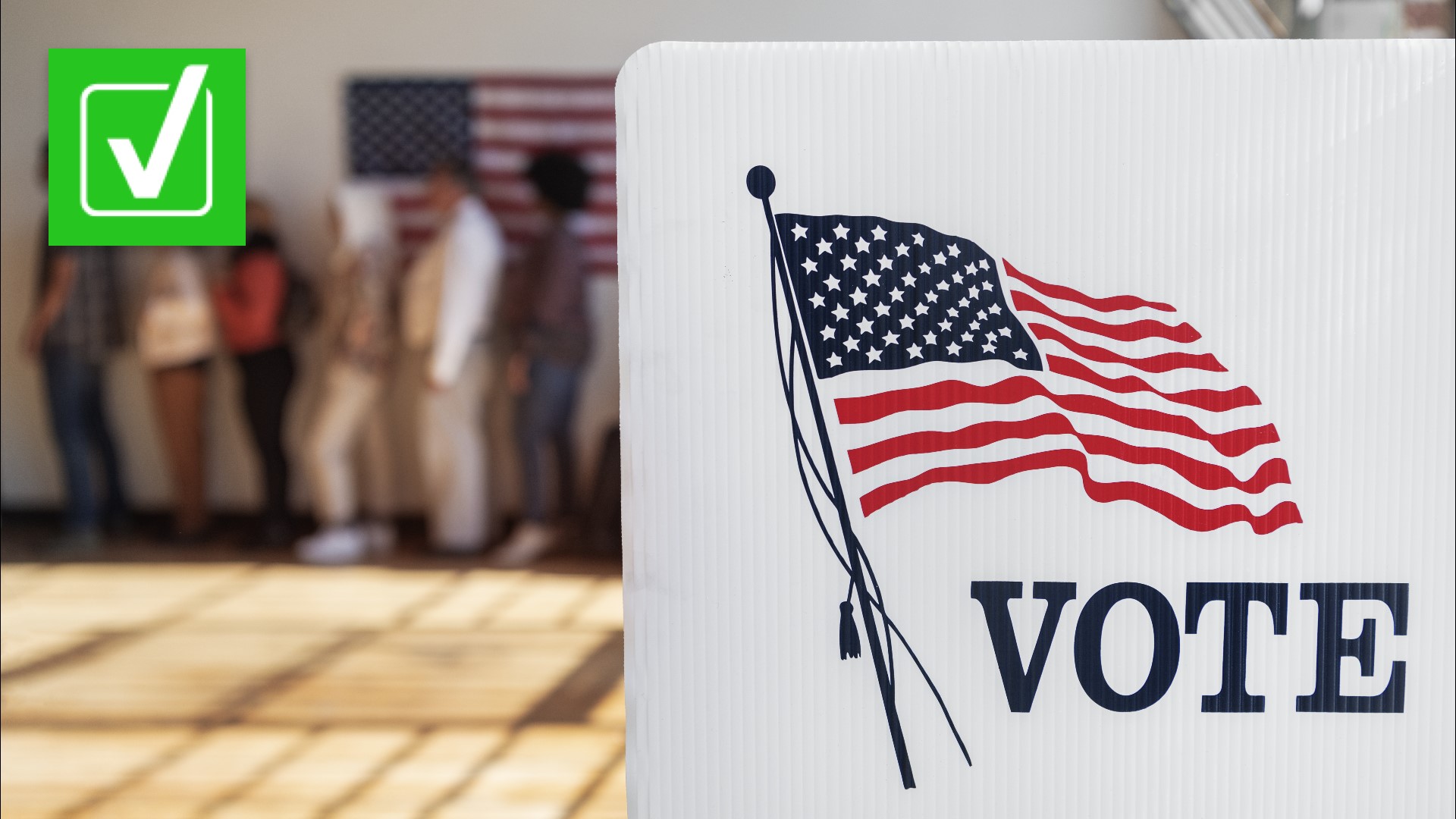California Democratic Gov. Gavin Newsom is staying in office after he faced the possibility of being removed during the state's recall election on Tuesday, Sept. 14. Newsom, who was elected governor in 2019, is in the middle of his first term.
In the days leading up to the election, online searches relating to the recall have spiked, according to data from Google Trends. So, the VERIFY team researched the history of governor recalls in the United States.
THE QUESTION
Has a governor ever been recalled before?
THE SOURCES
THE ANSWER
Yes, two governors have previously been recalled. The first was North Dakota Gov. Lynn Frazier in 1921. The second was California Gov. Gray Davis in 2003.
WHAT WE FOUND
A recall “is a procedure that allows citizens to remove and replace a public official before the official’s term of office ends,” according to the National Conference of State Legislatures (NCSL).
It’s different from impeachment, in that impeachment is a legal process in which a state legislature typically brings charges against an elected official, and a government body votes on whether to remove the official from office, the NCSL says.
While most recalls occur at the local level, the NCSL says 19 states, including California, and the District of Columbia allow state officials to be recalled.
Newsom was the fourth governor to face a recall election in U.S. history.
The first was Lynn Frazier in 1921. He was in the middle of his third term as North Dakota’s governor when he was successfully recalled and removed from office, according to the State Historical Society of North Dakota. Rutgers University’s Eagleton Center on the American Governor said Frazier was recalled “following a dispute about state-owned industries.” Frazier would go on to represent North Dakota in the United States Senate from 1923 to 1941.
The second -- and most recent -- governor to be successfully recalled was Gray Davis in California in 2003. Davis, a Democrat, was removed less than a year after being reelected for a second term. The recall against Davis came amid an electricity crisis and state economic recession, according to the Eagleton Center on the American Governor.
Davis was replaced by actor-turned-politician Arnold Schwarzenegger, a Republican who would go on to serve as governor until 2011.
There was also a gubernatorial recall election in 2012 in Wisconsin. But unlike Frazier and Davis, Republican Gov. Scott Walker won the recall election and kept his job. Walker served as Wisconsin’s governor until 2019.
The effort to recall Newsom began in 2020. On June 10, 2020, California’s secretary of state gave approval for petitions to circulate to recall Newsom.
There were several complaints listed in the petition to recall Newsom. A few of the critiques focused on the governor’s immigration, tax and death penalty policies.
In order to qualify the recall for an election, nearly 1.5 million signatures, which was 12% of the votes cast in the last California gubernatorial election, had to be gathered, according to the California Secretary of State’s Office. More than 1.7 million valid signatures were gathered.
California’s recall election ballot had two parts, according to the secretary of state’s office. The first asked if Newsom should be removed from office. The second part allowed voters to select a replacement candidate. Voters could answer the second part regardless of how they voted on the first question.
If 50% or more voters voted “no” on the first question -- whether Newsom should be removed from office -- then Newsom would remain governor, the secretary of state’s office said, which is ultimately what happened. But if a majority of voters had voted “yes” on the first question, then he would have been removed from office. In this scenario, the replacement candidate who got the most votes in the second part of the ballot would have been elected to serve the remainder of the term, which goes through Jan. 2, 2023.
There were 46 replacement candidates on the ballot, including people affiliated with the Republican, Democratic, Green and Libertarian parties. FiveThirtyEight reports Larry Elder, a conservative radio talk show host, polled the highest among replacement candidates leading up to the election.
If Newsom would have been recalled, his replacement would have taken over in October, according to the secretary of state’s office.
“On the 38th day after the election, if the recall is successful, the Secretary of State will certify the election results, and the new governor would take the oath of office and assume the position for the remainder of the term (through January 2, 2023),” the secretary of state’s office says.
The 38th day after the election would be Oct. 22, 2021.

